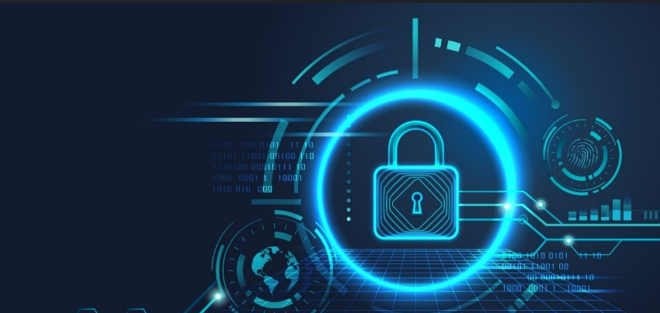In today’s digitally connected world, IT security has become a cornerstone for organizations across all industries. As businesses increasingly rely on technology to store sensitive information, communicate, and operate, the risk of cyberattacks and data breaches has grown exponentially. Protecting digital assets from these threats is crucial for maintaining trust, ensuring business continuity, and safeguarding both personal and corporate data.
Cybersecurity encompasses various strategies and tools designed to defend against unauthorized access, data theft, and malicious attacks. From firewalls and encryption to multi-factor authentication and regular software updates, companies must implement a robust security framework to mitigate risks. Furthermore, the rise of cloud computing, remote work, and the Internet of Things (IoT) has expanded the attack surface, making security protocols even more essential.
One of the most pressing concerns is the evolving nature of cyberattacks. Hackers are using increasingly sophisticated techniques, such as ransomware, phishing, and zero-day exploits, to infiltrate systems. As a result, organizations must remain vigilant, continuously updating their security measures and educating employees on best practices, such as recognizing phishing emails and creating strong passwords.
In addition to technology-based solutions, compliance with legal standards such as GDPR (General Data Protection Regulation) and HIPAA (Health Insurance Portability and Accountability Act) is critical to avoid penalties and maintain customer trust. A comprehensive approach to IT security involves not just technical defenses but also strong governance and incident response plans in case of a breach.
Ultimately, IT security is no longer an option—it’s a necessity in the digital age. Organizations that prioritize cybersecurity can protect their operations, customers, and reputation, all while adapting to an ever-changing technological landscape.

